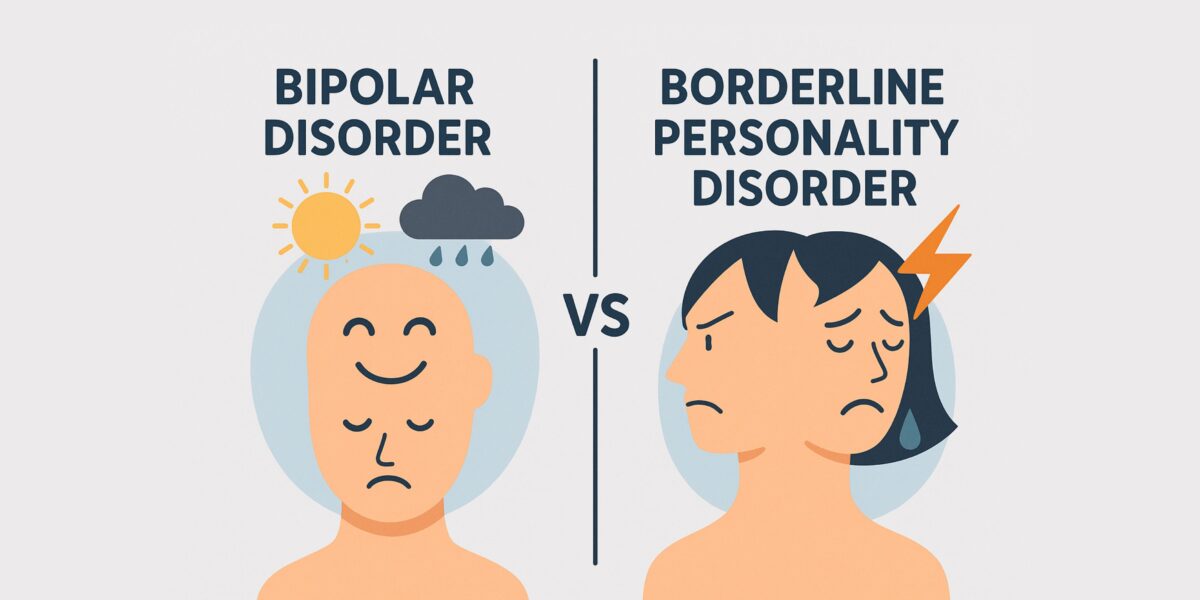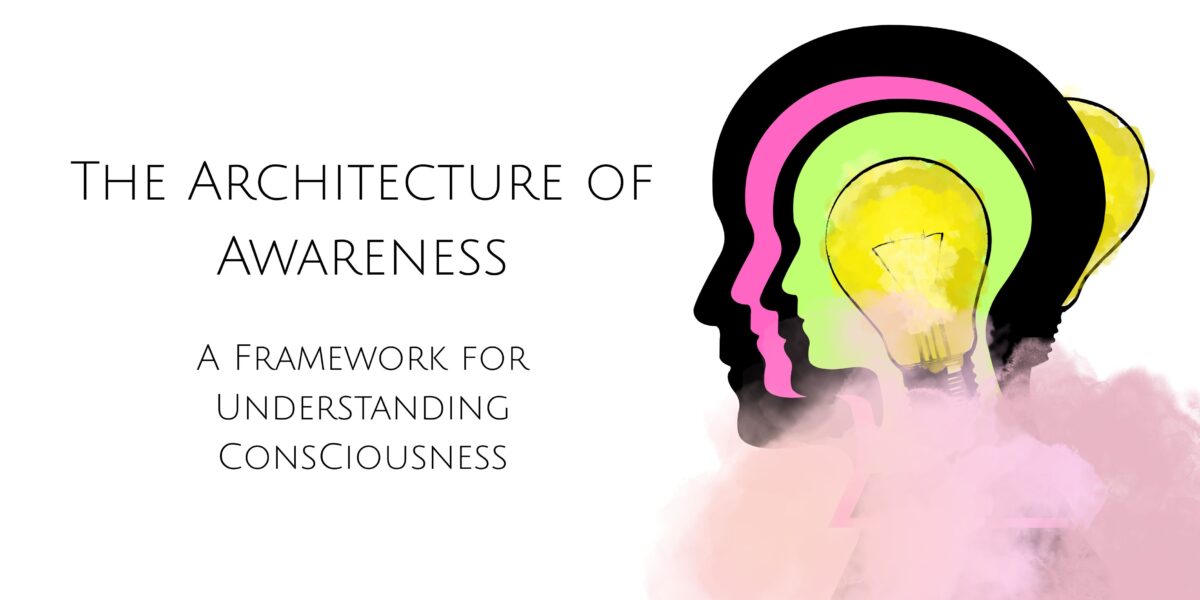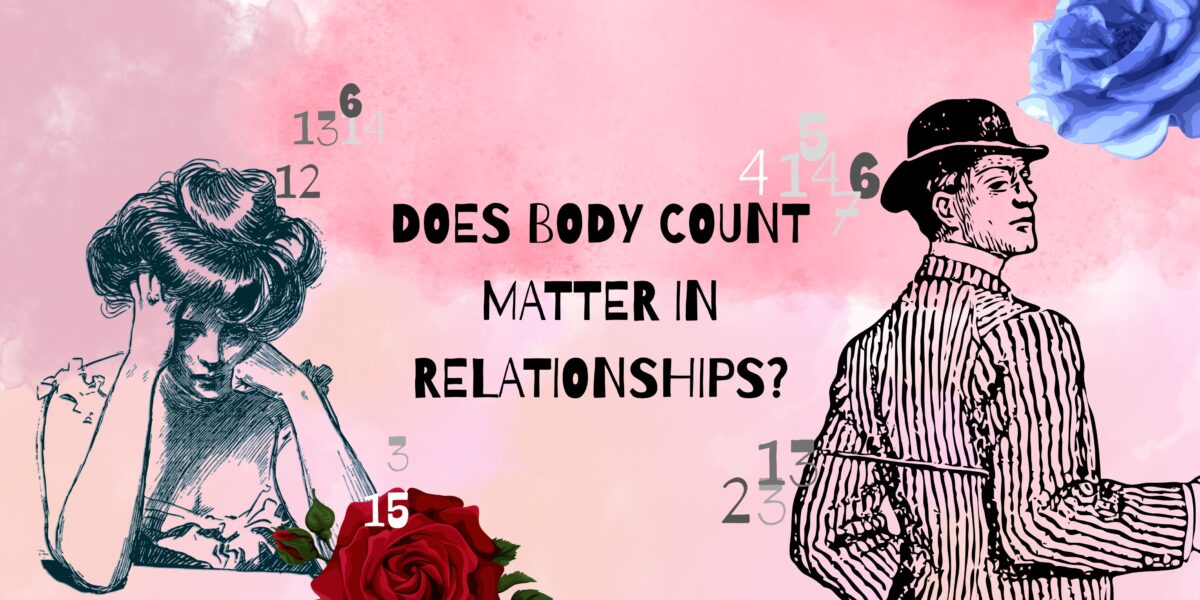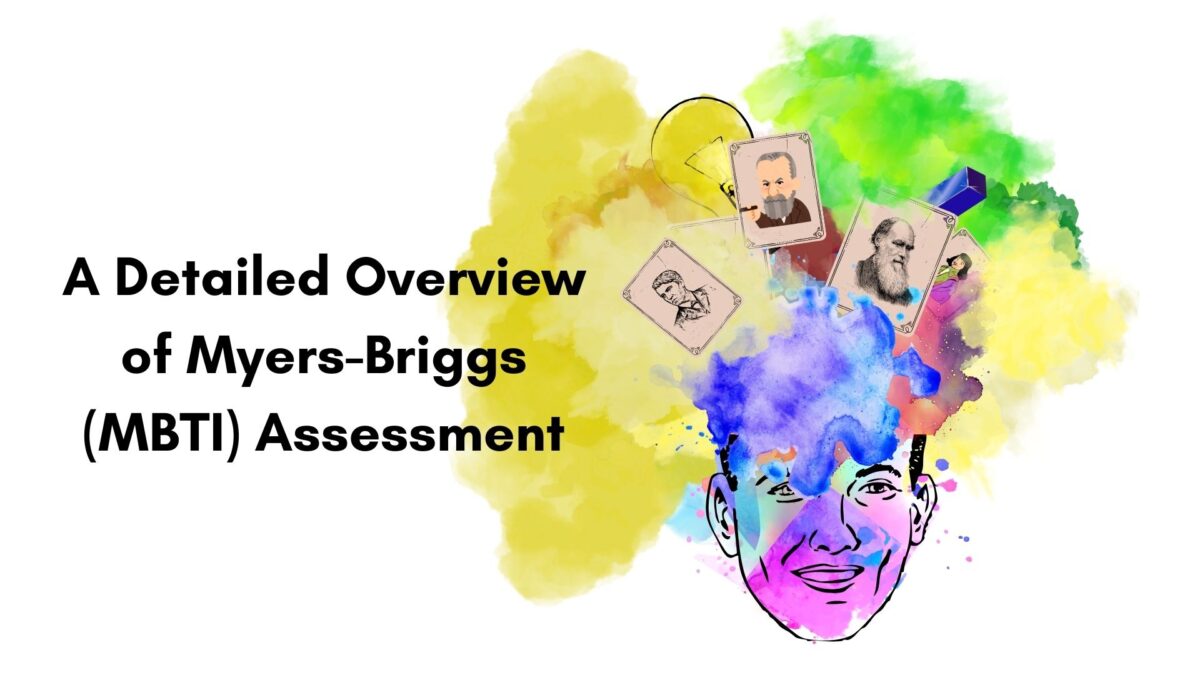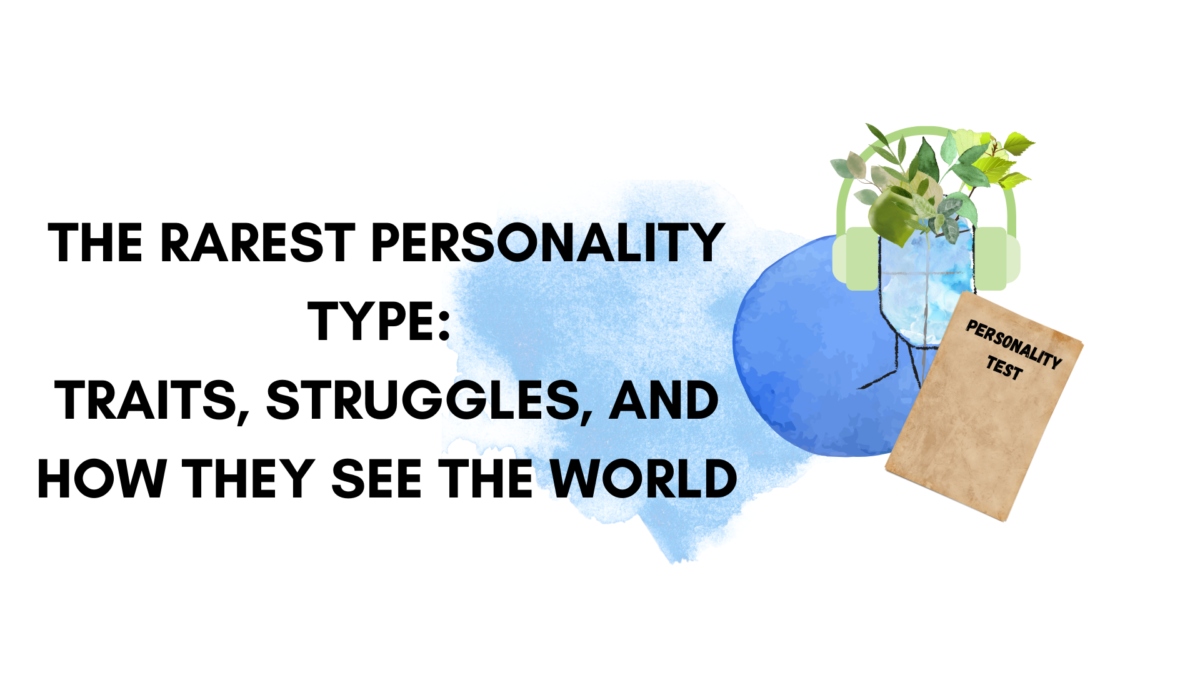Borderline personality disorder was named as such because certain patients with symptoms similar to psychosis and mania seemed to be right on the borderline of other conditions as well. But they did not fit the diagnosis of either schizophrenia or bipolar disorder. This shows us how certain mental conditions might initially appear to be very […]
